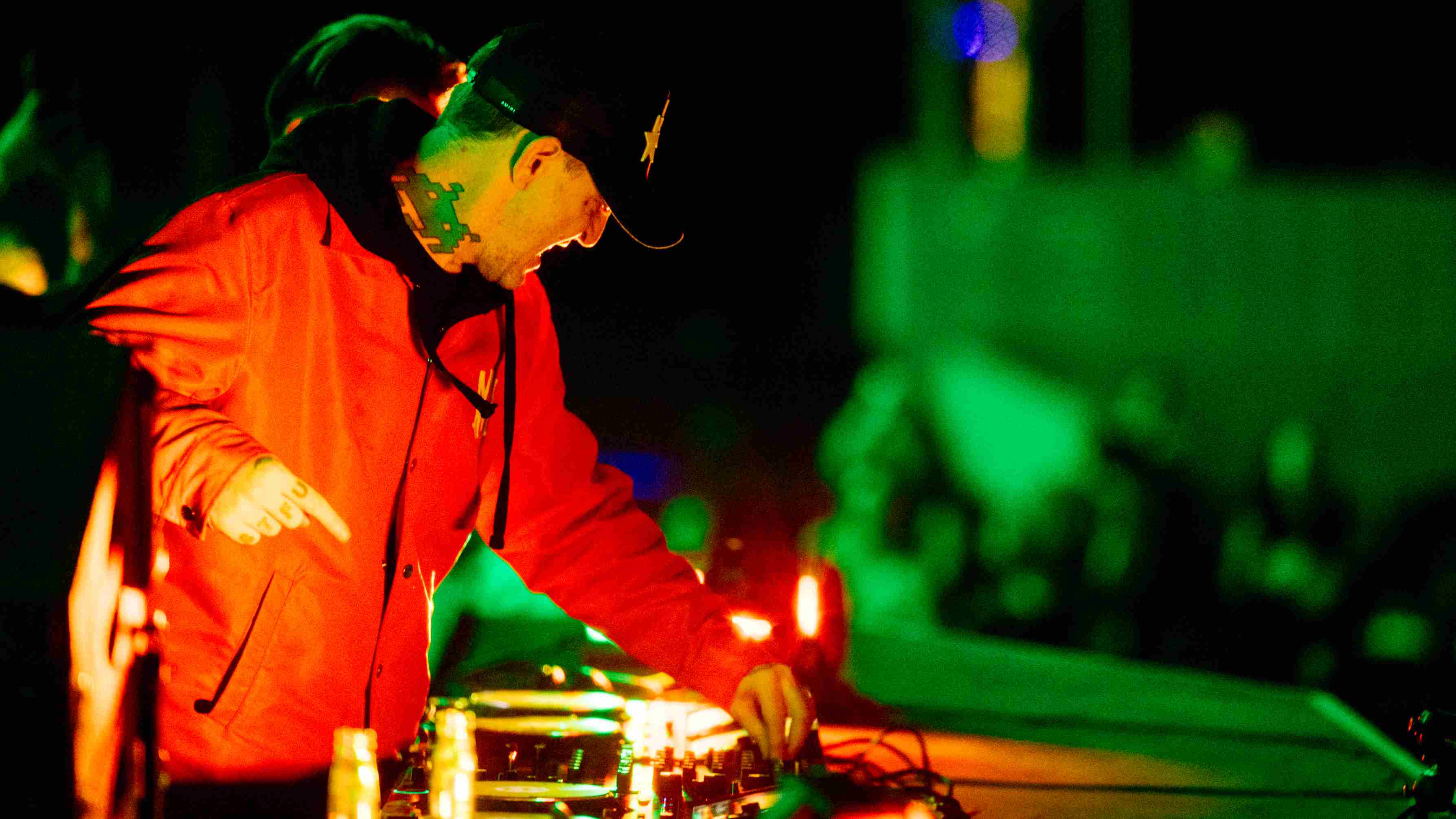10 pieces of software that changed the way we make music
Groundbreaking DAWs, plugins, apps and formats
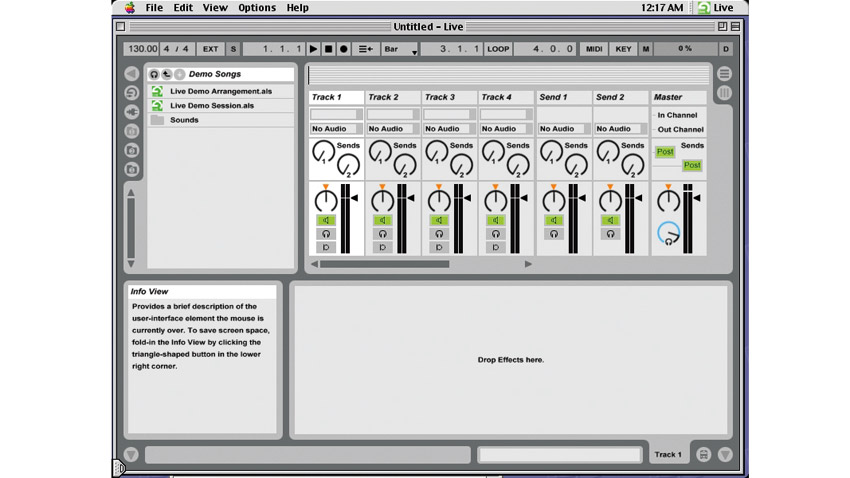
We’ve said it before, but it bears repeating: there’s never been a better time to make music. Exponential increases in computing power and the tools that inevitably follow have given us the ability to realise musical productions the likes of which would have seemed impossible a few short years ago - even in the most high-falutin’ studios, much less the comfort of our living room sofas or even on the morning commute.
Yet nothing comes from nothing, and all of the miraculous tools available to us today were preceded by earlier efforts from innovative developers working without precedent. The clever code crafted by these intrepid idealists shocked (and sometimes irritated) musicians, producers and even listeners with astonishing new sounds and techniques, many of which we now take for granted.
We’ve scoured through the past four decades, digging up ten of the most monumental music-making applications of all time. Some are the first of their kind, while others took an existing idea and crafted it into something even more inspirational, but each and every one of them changed the musical landscape forever after.
1. Digidesign Sound Designer (1984)
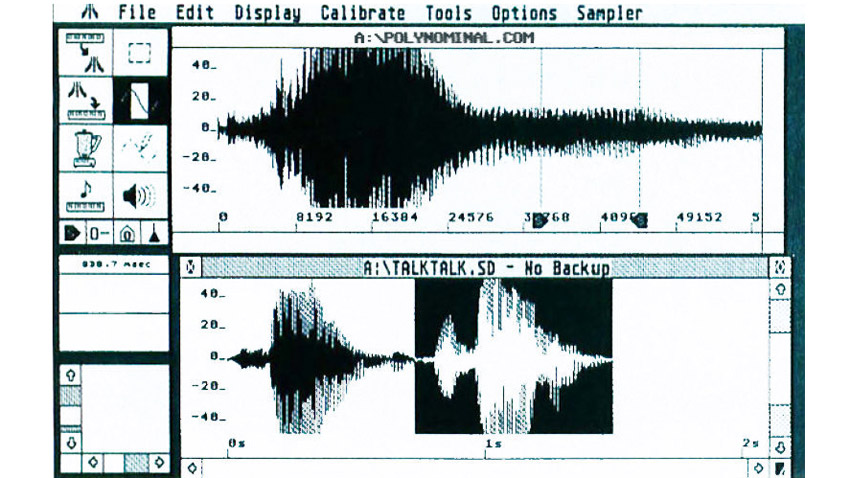
Originally called Digidrums, Peter Gotcher and Evan Brooks’ company began as a means to sell custom samples on EPROM chips for the primitive digital drum machines of the day.
They later changed their name to Digidesign and expanded the catalogue to include Sound Designer, a dedicated sample editor for Mac. Designed to help fine-tune and process samples for popular hardware samplers such as the E-MU Emulator and Ensoniq Mirage, Sound Designer enabled users to access the same sort of graphical editing interface previously restricted to high-end workstations from Fairlight and Synclavier. The second generation of Sound Designer’s file format became a standard that’s still recognised today.
Inevitably, Digidesign would evolve its technology into a full-blown stereo audio editor called Sound Tools, released in 1989. Billed as “the first tapeless recording studio”, it worked with Digidesign’s custom 16-bit Sound Accelerator card, which plugged into the then-new Macintosh II computer’s NuBus slot. Two years later, Sound Tools would beget another hardware/software combo, this one capable of recording and playing back four tracks. The company called this new system Pro Tools and the rest, as they say, is history!
2. Twelve Tone Systems Cakewalk (1987)
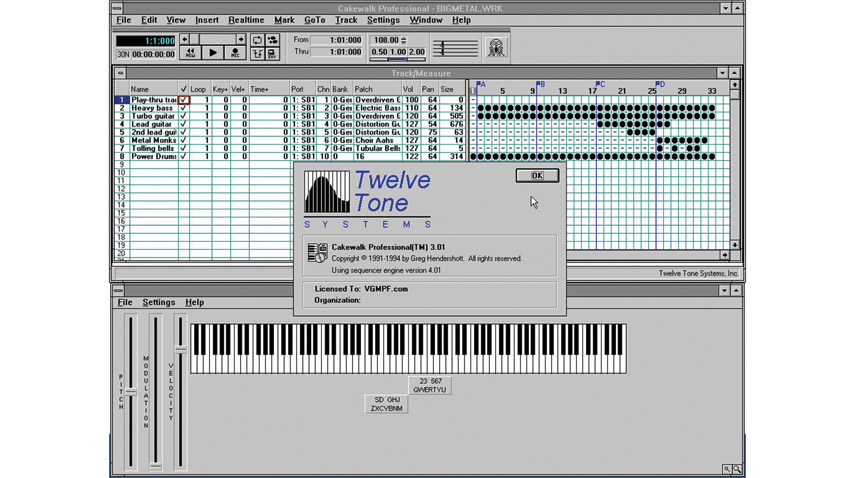
If you were one of the few music-makers using an IBM-compatible PC in the pre-Windows days, you had few choices for sequencing your MIDI hardware.
Get the MusicRadar Newsletter
Want all the hottest music and gear news, reviews, deals, features and more, direct to your inbox? Sign up here.
Fortunately, Greg Henderschott’s Twelve Tone Systems offered a solution in the form of a MIDI sequencer he called Cakewalk. It was a runaway success, and eventually the company was renamed in its honour.
3. Opcode Systems Studio Vision (1990)
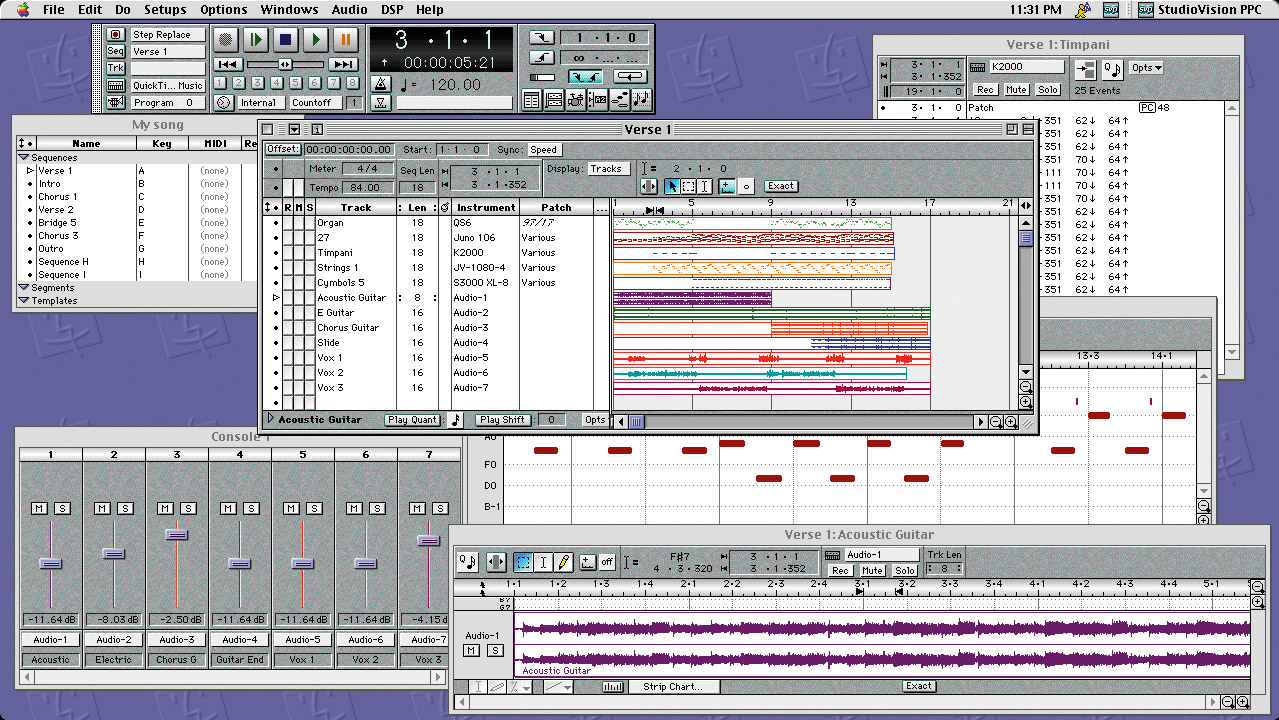
The direct ancestors of many of today’s DAWs first appeared as MIDI sequencers in the 1980s, including Logic, Cubase, and Sonar. Among the most popular developers was Opcode Systems Inc, who released a number of MIDI sequencers throughout the decade, culminating in Vision in 1989.
Opcode’s biggest sequencer breakthrough would come in 1990. Initially called Audio Vision, Studio Vision was the first computer-based hybrid MIDI and audio workstation that could be recognised as a forerunner of the modern DAW. Like Sound Tools, Studio Vision required Digidesign’s digital audio accelerator card. Unlike Digidesign’s products, though, Studio Vision combined MIDI and audio tracks in a single cohesive interface. This allowed users to play back digital audio recordings in sync with their MIDI sequences.
4. Propellerhead ReCycle! (1994)
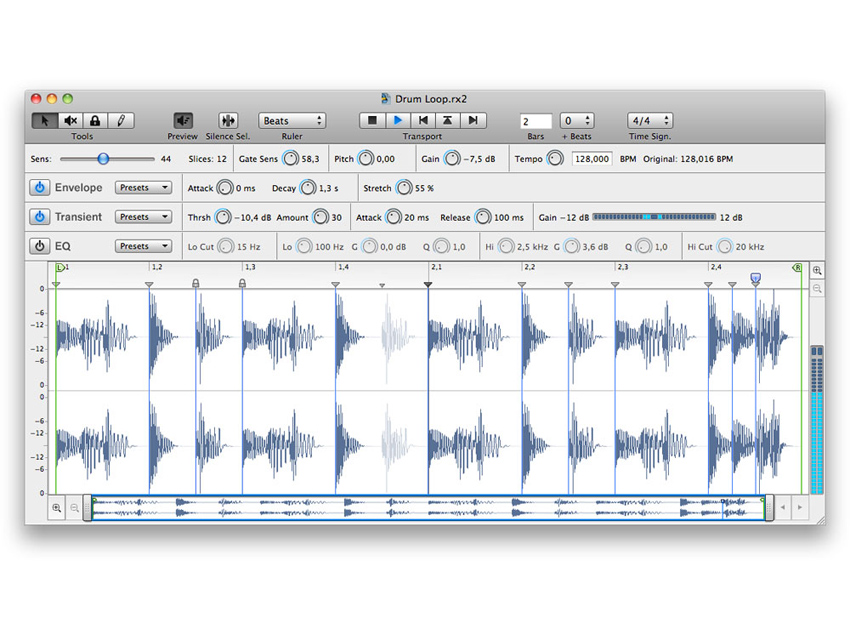
Sample-based music was cutting edge in the early '90s, but before 1994, pitch and time were inextricably linked. If you wanted to increase the tempo of a sampled beat, the pitch would likewise increase - and vice-versa.
ReCycle! changed all that, offering an intuitive means by which beats could be sliced, reordered and played back at different tempos without affecting pitch, then offloaded into a hardware sampler. It was a watershed moment that pushed music into entirely new areas.
5. Opcode Systems Max (1990)
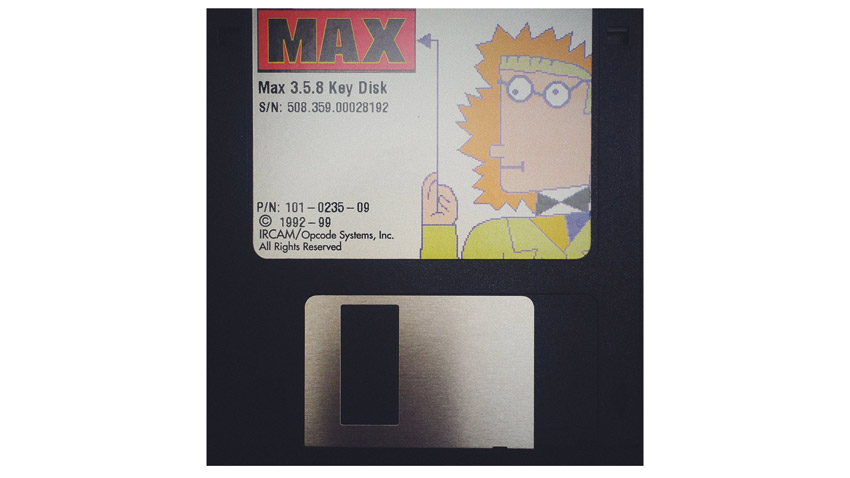
Now in its eighth generation, this comprehensive graphical programming language for music and multimedia was originally written in the mid-1980s by Miller Puckette at IRCAM. Opcode licensed it and released a commercial of Max version in 1990. They, in turn, eventually passed it on to Cycling ’74, while Puckette himself released the similar (and free) Pure Data in 1996.
Cycling ‘74 developed Max for two decades before they themselves were bought by Ableton, whose Max for Live is tightly integrated within their popular DAW. A thriving community of Max and Max for Live developers continues to create and share all manner of clever tools designed with the program. It’s not the easiest application to get your head around, but those that can grok it have access to an infinite creative playground.
6. Steinberg Cubase VST (1996)

Before VST, DAWs included effects in their own proprietary formats. Steinberg released the open source VST SDK, creating a truly revolutionary standard in the process.
In 1996, Steinberg celebrated their brand new plugin format with a massive update to their flagship DAW. Cubase VST 3.0 offered up to 32 tracks of digital audio and an effects rack that could manage four of the bundled VST plugins: Espacial (reverb), Choirus (chorus, natch), Stereo Echo and Auto Panner.
Not satisfied with turning the world of effects processing upside down, in 1999, the company followed up with a massive update to their VST technology that allowed for the use of virtual instrument (VSTi) plugins. As a proof of concept, Cubase VST24 3.7 included Neon, a simple two-oscillator virtual analogue synthesizer.
The VSTi format would prove a popular money-maker for many a developer following the path laid out by Steinberg, who themselves would launch a never-ending stream of commercial plugins, beginning with the Model-E, a reproduction of a certain classic three-oscillator analogue synthesiser. Today, Model-E is available for free.
7. Native Instruments Reaktor (1999)

The best known of all software modular systems, originally, Reaktor was a merging of two separate but similar products. Generator was a modular environment for synthesis, while Transformator was aimed at sampling. In 2003, Native Instruments brought in the developer of the similar Sync Modular who introduced much more depth to the program.
Immensely popular and wildly inspiring, a massive community library makes Reaktor a comprehensive and ever-growing sonic toolbox - even if you don’t care to make your own devices.
8. Propellerhead Reason (2000)
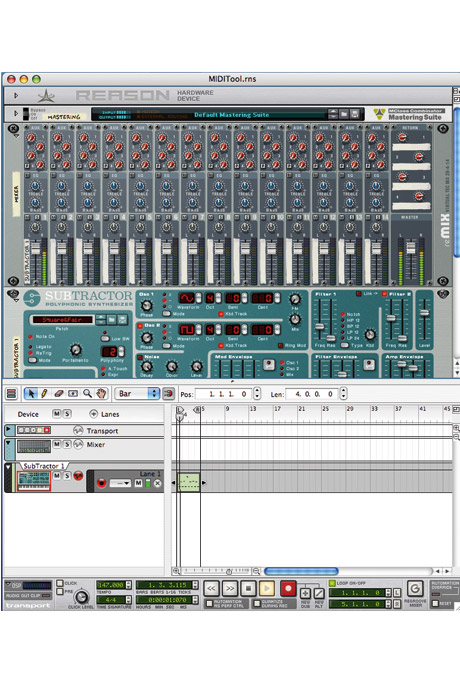
A logical continuation of the self-contained ReBirth, Reason is a comprehensive electronic music studio full of synths, samplers, mixers and effects that load into a virtual rack, complete with patch cables for signal routing. Once a project is complete, it can be traded with other users in a tidy proprietary file format.
Originally a closed system dedicated solely to sequenced productions, Reason eventually grew into a full-fledged DAW with the addition of audio recording, editing and its own plugin format called Rack Extensions. More recently, Propellerhead (now called Reason Studios) have even added VST support.
9. Ableton Live (2001)

Now in its tenth generation, Live has become one of the most popular and powerful music production platforms ever made. However, it didn’t start out that way.
Back in 2001, Live was restricted to the Session View, designed primarily as a means to trigger and sequence audio clips for live performance. Ableton have since added scads of instruments and effects, along with other powerful features, ensuring its rarified status for many years to come.
10. Propellerhead Software ReBirth RB-338 (1997)
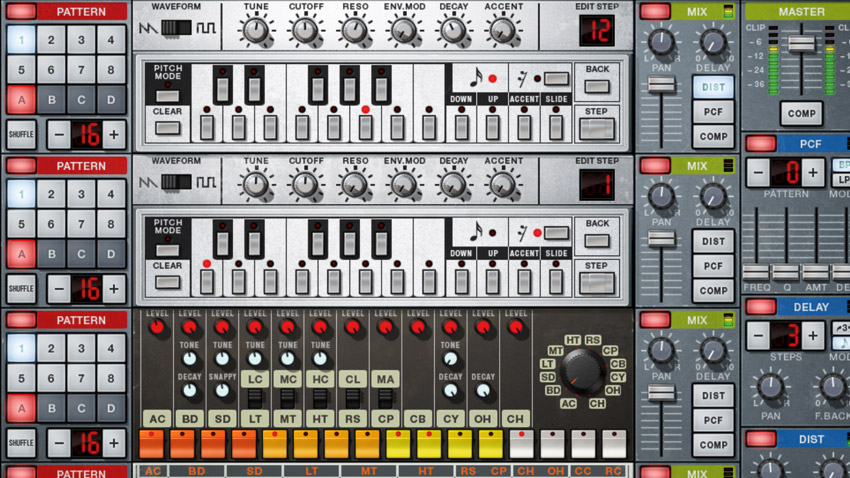
Modelled on Roland’s vaunted TB-303 synth and TR-808 and 909 drum machines, this one was an instant dance music hit.
Discontinued in 2005, Propellerhead made ReBirth freely available before offering an iOS version through the App Store. Though they gave the original their blessing, Roland changed their minds shortly after the release of the iOS version.
The desktop version is still quite usable, although it’s been all but aged out by OS upgrades.


Computer Music magazine is the world’s best selling publication dedicated solely to making great music with your Mac or PC computer. Each issue it brings its lucky readers the best in cutting-edge tutorials, need-to-know, expert software reviews and even all the tools you actually need to make great music today, courtesy of our legendary CM Plugin Suite.










